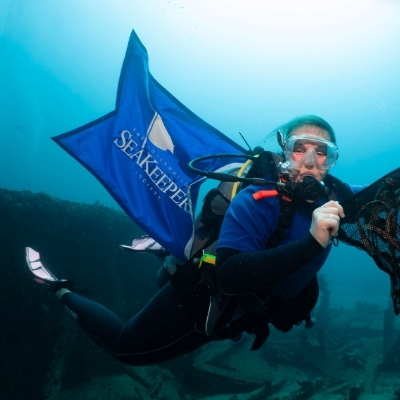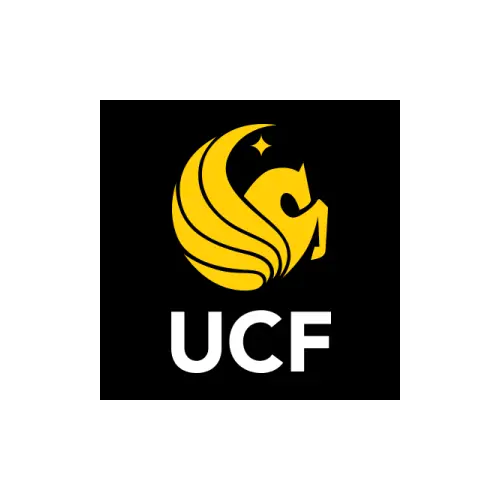DisKer: Understanding Larval Dispersal to Protect Marine Ecosystems
Project Overview:
Marine species are connected by the dispersal of tiny larvae, which travel through ocean currents. This process determines how populations grow, evolve, and survive. However, predicting where and how far larvae travel is still a challenge in marine science. The DisKer project aims to solve this by improving understanding of larval dispersal patterns and using that knowledge to protect coral reefs.
By studying six coral reef fish species in Fiji, Vanuatu, and New Caledonia, researchers will estimate how far larvae travel (dispersal kernels) by combining advanced but cost-effective genetic and modeling methods. This data will be combined with ocean current models to create highly detailed predictions of larval movement. These insights can help guide conservation efforts to ensure coral reefs and their vital biodiversity are protected against climate change.
One exciting application of this research is designing better networks of Marine Protected Areas (MPAs) that are connected well in space and over time . By understanding how larvae move and connect different areas, we can improve ecosystem recovery and resilience and ensure the survival of marine life.
DisKer is an international collaboration of scientists from the UK, US, French Polynesia, and Fiji, led by Dr. Maria Beger (University of Leeds), Dr. Michelle Gaither (University of Central Florida), and Dr. Christian Huber (Penn State University), and collaborating widely with local institutions .
Program Partners
- University of Leeds
- University of Central Florida
- Penn State University
- Australian Institute of Marine Science
- French Institut de Recherche pour le Développement
Location
- Vanuatu
Expected Time Frame
- Between mid-May and mid-August 2025
Duration of Expedition
- 24 Days
Accommodation Needed
- 8-10 Researchers
Special Equipment Needed
- Licensed Captain; access to tender or smaller vessel; compressor (for scuba diving); scuba diving storage space (tanks, gear), table set up for tissue processing (outside ideal), small table for eDNA filtering set-up (1000x600 mm min).
Expedition parameters listed above are flexible and negotiable.
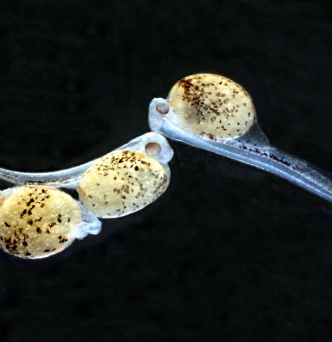
Background:
Understanding how marine larvae travel through ocean currents is a key challenge in marine biology. This knowledge helps predict population growth, evolution, and the survival of marine species, which is vital for effective conservation.
Traditional methods like genetic parentage tagging are precise but costly and limited to a few species and regions. Recent advancements using Isolation by Distance (IbD) models provide a more practical and affordable alternative. These models estimate how far larvae travel by analyzing genetic differences across locations. They work for a broader range of species and offer time-integrated insights into larval movement.
The next step is to combine these genetic models with ocean current simulations to create realistic predictions of larval dispersal. This “data assimilation” approach will improve Marine Protected Area (MPA) design, ensuring these areas support the connectivity needed for species’ long-term survival.
By integrating cutting-edge methods, this research aims to develop MPA networks that better withstand environmental changes, safeguard biodiversity, and support sustainable fisheries management.
Mission:
Objectives
- Infer Larval Dispersal with IbD ModelsBy analyzing genetic differences, the team will estimate the average dispersal distance of six reef fish species across ten sites per archipelago. These results will guide more accurate larval dispersal predictions.
- Incorporate Empirical Data into Ocean ModelsResearchers will use high-resolution ocean current models to simulate larval movement over time. These simulations will integrate biological traits like larval duration and fecundity to test how species adapt and connect across seascapes.
- Design Resilient Conservation NetworksUsing 20 years of simulated larval data, the researchers will create MPA designs that adapt to changes in larval dispersal. This innovative approach will enhance reef conservation by supporting connectivity and ecosystem resilience.
Applications:
This research will be shared with students at various levels. Postgraduate students and early-career researchers are integral members of the research team, actively participating in fieldwork, lab work, and data analysis. The project will also create opportunities for master’s students to develop data analysis and outreach projects. Additionally, the academic team will incorporate the project’s findings into science-led teaching, sharing materials such as photo documentation and insights into marine connectivity with large cohorts of undergraduate students. This ensures the research reaches and benefits a wide range of learners.
Relevant/Previous Scientific Publication(s):
- https://www.nature.com/articles/ncomms9208
- https://www.cell.com/trends/ecology-evolution/fulltext/S0169-5347(22)00222-1
- https://conbio.onlinelibrary.wiley.com/doi/full/10.1111/cobi.14008
- https://onlinelibrary.wiley.com/doi/abs/10.1111/mec.12031
- https://onlinelibrary.wiley.com/doi/full/10.1111/geb.12905
- https://onlinelibrary.wiley.com/doi/full/10.1002/ece3.6566
- https://conbio.onlinelibrary.wiley.com/doi/full/10.1111/cobi.14038
- https://www.journals.uchicago.edu/doi/abs/10.1086/676505
- https://www.nature.com/articles/s41467-023-37550-5
Get Involved
If you’re interested in learning more about this specific program opportunity, please reach out to our team below to find out more about this program or get involved in other opportunities with SeaKeepers.
Explore More Opportunities
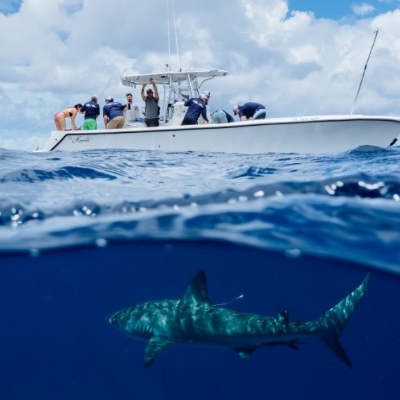
At-Sea Opportunities
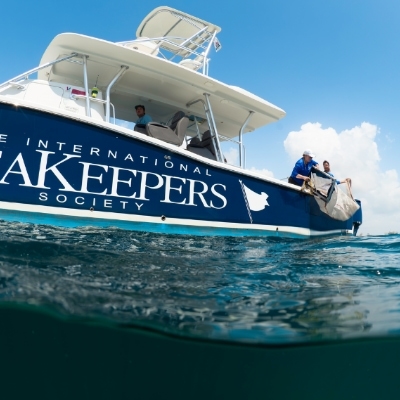
Citizen Science Opportunities
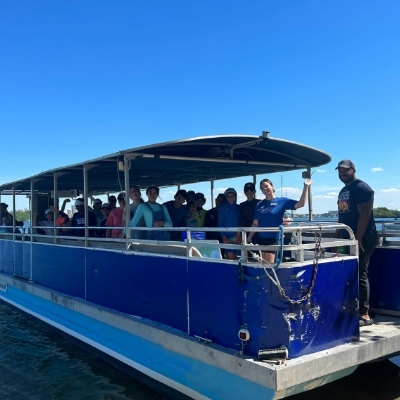
Education Opportunities
